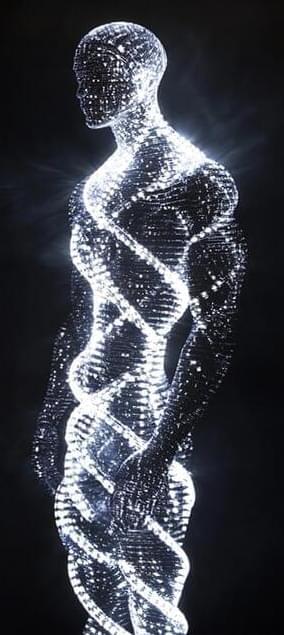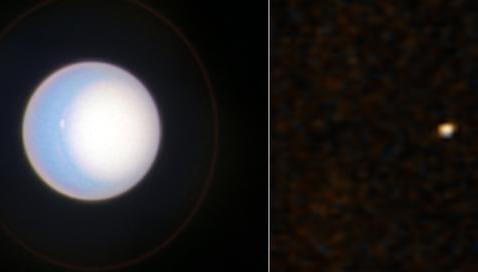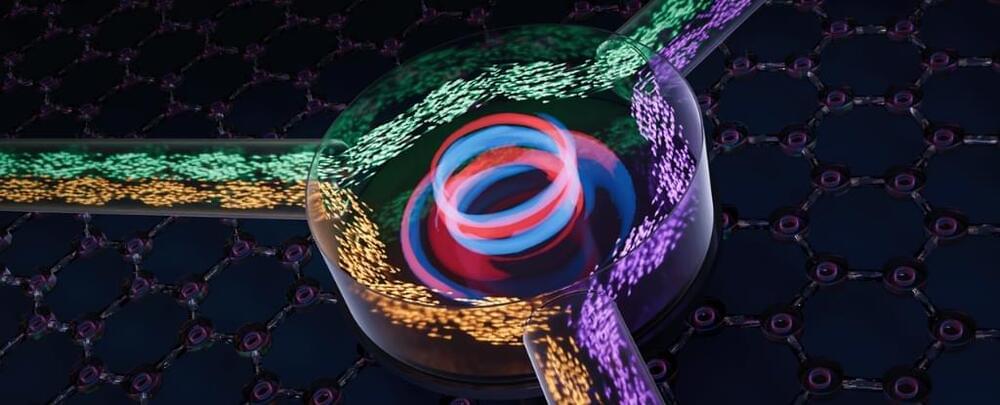“Studying how known benchmarks like Uranus appear in distant imaging can help us have more robust expectations when preparing for these future missions,” said Samantha Hasler. “And that will be critical to our success.”
How can Uranus teach us about exoplanets? This is what a recent study presented at the 56th annual meeting of the American Astronomical Society (AAS) Division for Planetary Sciences (DPS) hopes to address as a team of researchers investigated how gas giants like Uranus can be used to better understand the characteristics of exoplanets. While exoplanets have been discovered using the direct imaging method, no exoplanet has been directly imaged itself. Therefore, this study holds the potential to use gas giant planets within our solar system as analogs for exoplanets throughout the cosmos.
For the study, the researchers analyzed data collected from NASA’s New Horizons spacecraft and the Hubble Space Telescope to study the atmosphere of Uranus in various wavelengths. Both telescopes exhibit different imaging properties, as Hubble is built to obtain up-close images from far away while New Horizons is built to obtain up-close images from close-up. As a result, the images from Hubble revealed far more detail while the images from New Horizons revealed Uranus as a small dot.
“Uranus appears as just a small dot on the New Horizons observations, similar to the dots seen of directly-imaged exoplanets from observatories like Webb or ground-based observatories,” said Samantha Hasler, who is a PhD Candidate at the Massachusetts Institute of Technology and lead author of the study. “Hubble provides context for what the atmosphere is doing when it was observed with New Horizons.”



